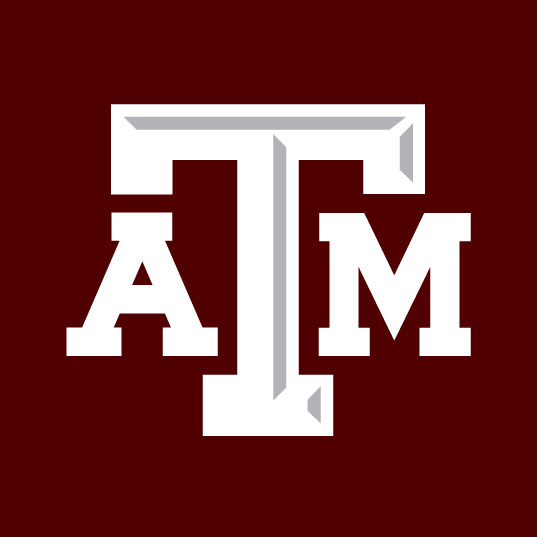How to become a principal
Dr. Susan Holley served for over 25 years in public school administrative roles. Most of those years were as a principal, a superintendent working with principals and a clinical professor teaching prospective principals. Now, she is a clinical associate professor of PK-12 educational leadership in the Department of Educational Administration and Human Resource Development. We asked Holley to share with us how to become a principal and what being a principal is like.
How to become a principal
Almost without exception, principals in Texas have teaching experience and a master’s degree in educational administration. There are some charter schools with principals who do not have these credentials. In order to gain principal certification through Texas A&M, you must have at least two years of teaching experience, successfully complete your master’s degree in educational administration, and pass both certification exams — Principal as Instructional Leader (TExES 268) exam and complete the Performance Assessment for School Leaders (PASL) to obtain a standard certification.
Why do we need principals
Principals are pivotal in the leadership of our school districts. They are essential in ensuring the daily functioning of their campuses, and they provide the leadership for focusing on the vision and mission of the school and the accomplishment of the campus goals. Principals are advocates for teachers, providing them with the resources and support that they need in order to do the best they can to provide quality education for their students in their classrooms.
What do principals do
A principal’s work is complex and varied. Their days are long and often filled with interruptions and challenges that are unplanned and unexpected. They must ensure the safety of all students and adults on the campus. They must understand and lead instructional practice in order to improve student learning. They are the faces of the school and the major connectors with the communities they serve. They are charged with finding the best people to teach and provide other services to students. They are expected to be impeccable stewards of campus resources. They create and nurture the culture of the campus. The list goes on and on.
Who do principals interact with
Principals interact daily with students, parents, teachers, staff and community members. They also connect with colleagues, professionals who provide services from outside the campus, school district personnel and school board members. All of these interactions can take many forms — face-to-face interactions, emails, texts, phone conversations, meetings, presentations and encounters outside of official duties.
What makes a great principal
I think that great principals are flexible, tolerant and above all else, empathetic. They are active listeners who work collaboratively with their many internal and external constituencies. They are organized and committed to continuous improvement on their campuses. They continue to learn along with those in their organizations and are willing to take risks and use mistakes as a way to understand and grow. They connect purposefully and positively with the communities that they serve. They are student-focused and supportive of their teachers and staff.
About the Writer
Heather is responsible for news coverage in the Department of Health and Kinesiology, as well as the Department of Educational Administration and Human Resource Development.
Articles by HeatherFor media inquiries, contact Justin Elizalde.














